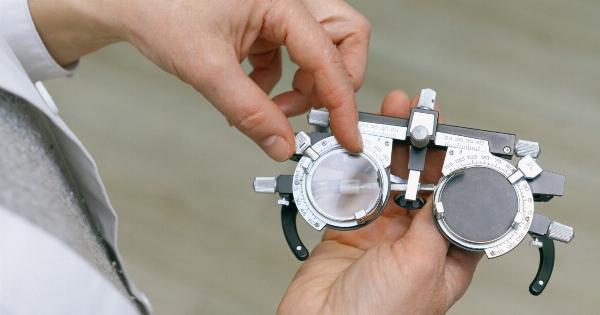Anesthesia is a medical procedure used to induce a loss of sensation and consciousness in a patient, allowing them to undergo surgery or other medical procedures without experiencing pain or discomfort.
It involves the administration of various drugs that temporarily alter the patient’s bodily functions.
Types of Anesthesia
There are different types of anesthesia, each suited for specific procedures and patient needs:.
1. General Anesthesia
General anesthesia is the most common type used for major surgeries. It renders the patient unconscious and completely unaware of the procedure. An anesthesiologist administers a combination of intravenous drugs and inhaled gases to achieve this effect.
2. Regional Anesthesia
Regional anesthesia involves numbing a specific area of the body, such as an arm or leg, by injecting local anesthetics around the nerves that supply that area. It can be further categorized into:.
2.1 Epidural Anesthesia
Epidural anesthesia is commonly used during childbirth to relieve pain in the lower body. A catheter is inserted into the epidural space in the spine, allowing continuous administration of medication for extended pain relief.
2.2 Spinal Anesthesia
Similar to epidural anesthesia, spinal anesthesia involves injecting anesthetic medication into the cerebrospinal fluid surrounding the spinal cord.
It provides rapid and complete numbness for procedures below the waist, such as cesarean sections or lower limb surgeries.
3. Local Anesthesia
Local anesthesia is used to numb a small and specific area of the body. It is commonly administered through injections or topical application of anesthetic agents. Procedures like minor skin surgeries or dental work often utilize local anesthesia.
4. Monitored Anesthesia Care (MAC)
Monitored anesthesia care, often referred to as “twilight sedation,” involves the administration of intravenous medications to help the patient relax and alleviate any discomfort during a procedure.
The patient remains conscious but may not remember the events afterward.
Anesthesia Procedure
The process of administering anesthesia involves several steps:.
1. Preoperative Assessment
Prior to the procedure, the anesthesiologist will evaluate the patient’s medical history, current health status, and any specific risks or allergies.
This assessment helps in determining the most appropriate type and dosage of anesthesia to be used.
2. Pre-anesthetic Medications
To ensure a smooth induction of anesthesia, pre-anesthetic medications may be given. These medications help in relieving anxiety, reducing secretions, and preventing adverse reactions to anesthesia.
3. Induction
Induction refers to the administration of anesthesia to initiate the loss of consciousness. In general anesthesia, this is usually achieved by injecting drugs through an intravenous line or by inhaling anesthetic gases through a mask or breathing tube.
4. Maintenance
During the procedure, the anesthesiologist continuously monitors the patient’s vital signs, such as heart rate, blood pressure, oxygen saturation, and end-tidal carbon dioxide levels.
Adjustments are made to the anesthesia delivery to ensure the patient’s comfort and safety.
5. Emergence
As the procedure concludes, the administration of anesthesia is stopped, and the patient is allowed to regain consciousness. Special care is taken during this phase to manage any potential post-anesthetic side effects such as nausea or dizziness.
6. Post-anesthesia Care Unit (PACU)
After the procedure, patients are transferred to the PACU, where they are closely monitored as they recover from the effects of anesthesia.
The anesthesiologist ensures a smooth transition of care to the nursing staff, who will continue to monitor the patient’s vital signs, pain levels, and overall recovery.
Risks and Side Effects
While anesthesia is generally considered safe, there are potential risks and side effects associated with its administration. These may include:.
– Allergic reactions to anesthesia drugs.
– Nausea, vomiting, or dizziness.
– Headache.
– Confusion or memory loss.
– Sore throat or hoarseness.
– Temporary or permanent nerve damage.
– Respiratory problems.
Anesthesia Guidelines
To minimize the risks associated with anesthesia, here are some important guidelines:.
1. Follow the fasting instructions provided by the healthcare team before the procedure. It is crucial to have an empty stomach to prevent complications.
2. Disclose any allergies, medical conditions, or medications to the anesthesiologist during the preoperative assessment.
3. Notify the healthcare team if you have a history of adverse reactions to anesthesia.
4. Follow the preoperative instructions, including refraining from eating or drinking before the scheduled procedure time.
5. Ask any questions or express concerns to your healthcare provider or anesthesiologist before the procedure.
In Conclusion
Anesthesia plays a vital role in modern medical practice, enabling patients to undergo surgeries and other procedures with minimal pain and distress.
With various types of anesthesia available, healthcare professionals can tailor their approach to ensure the best possible outcomes for each patient.




























